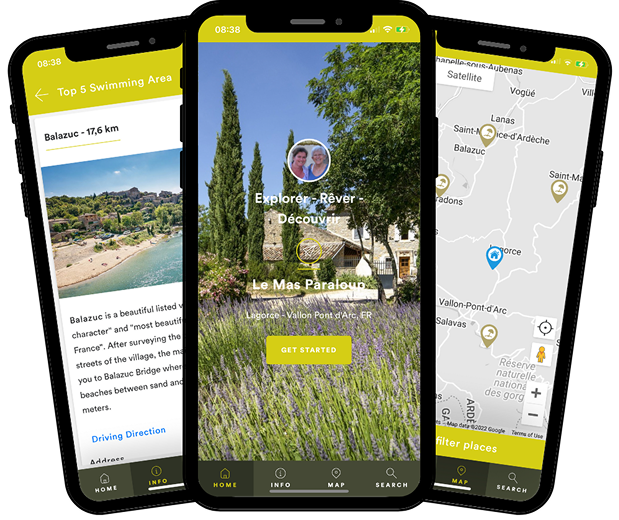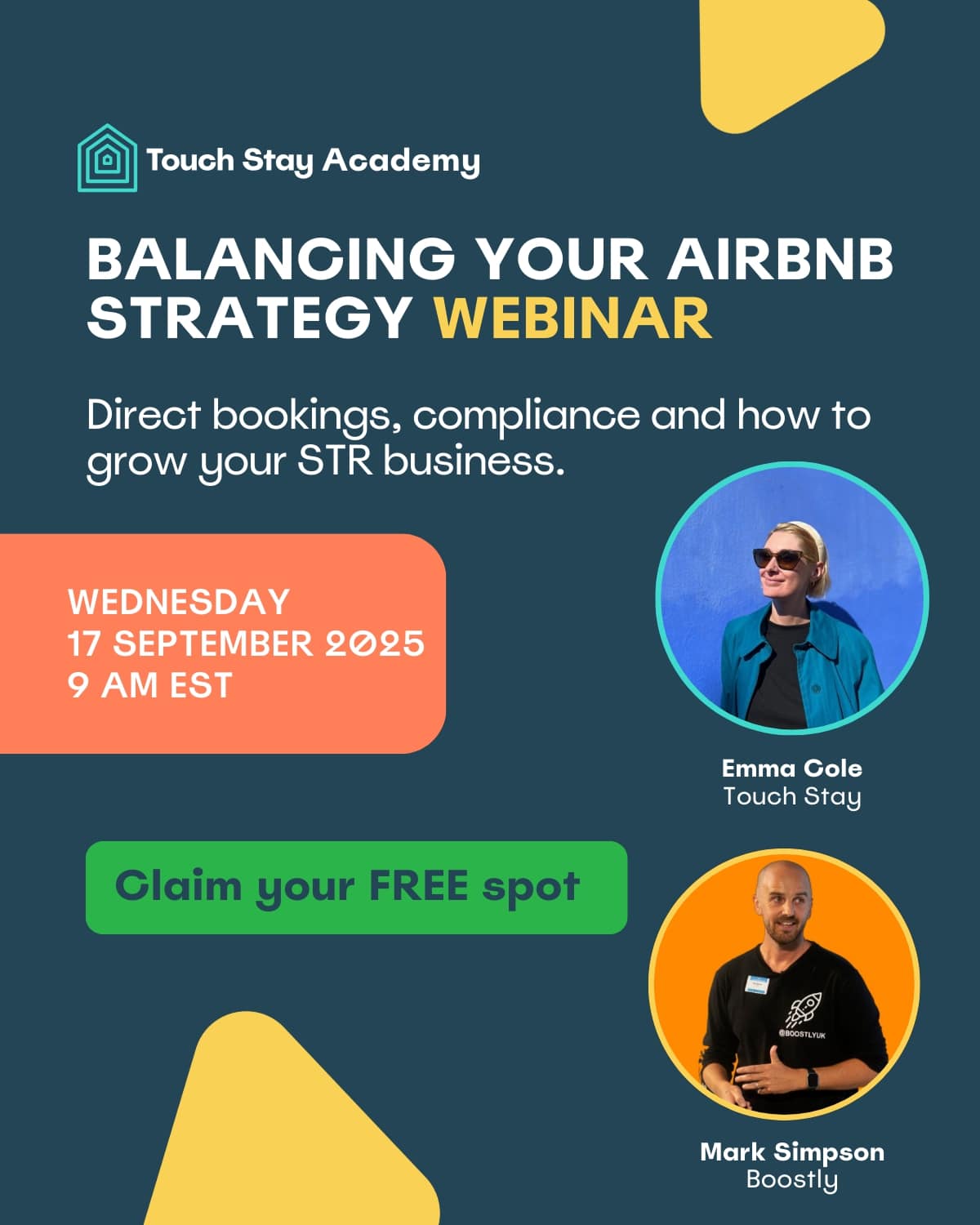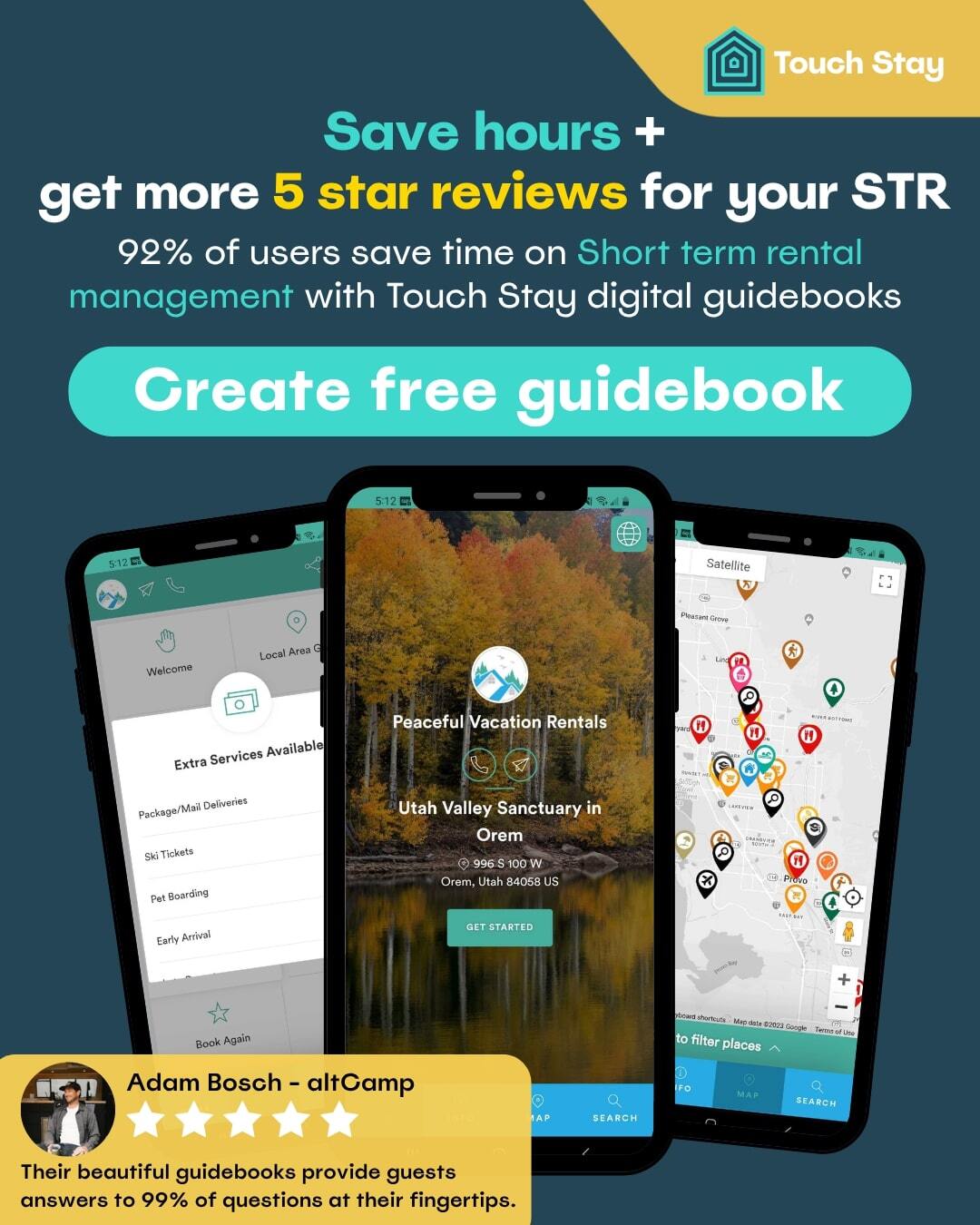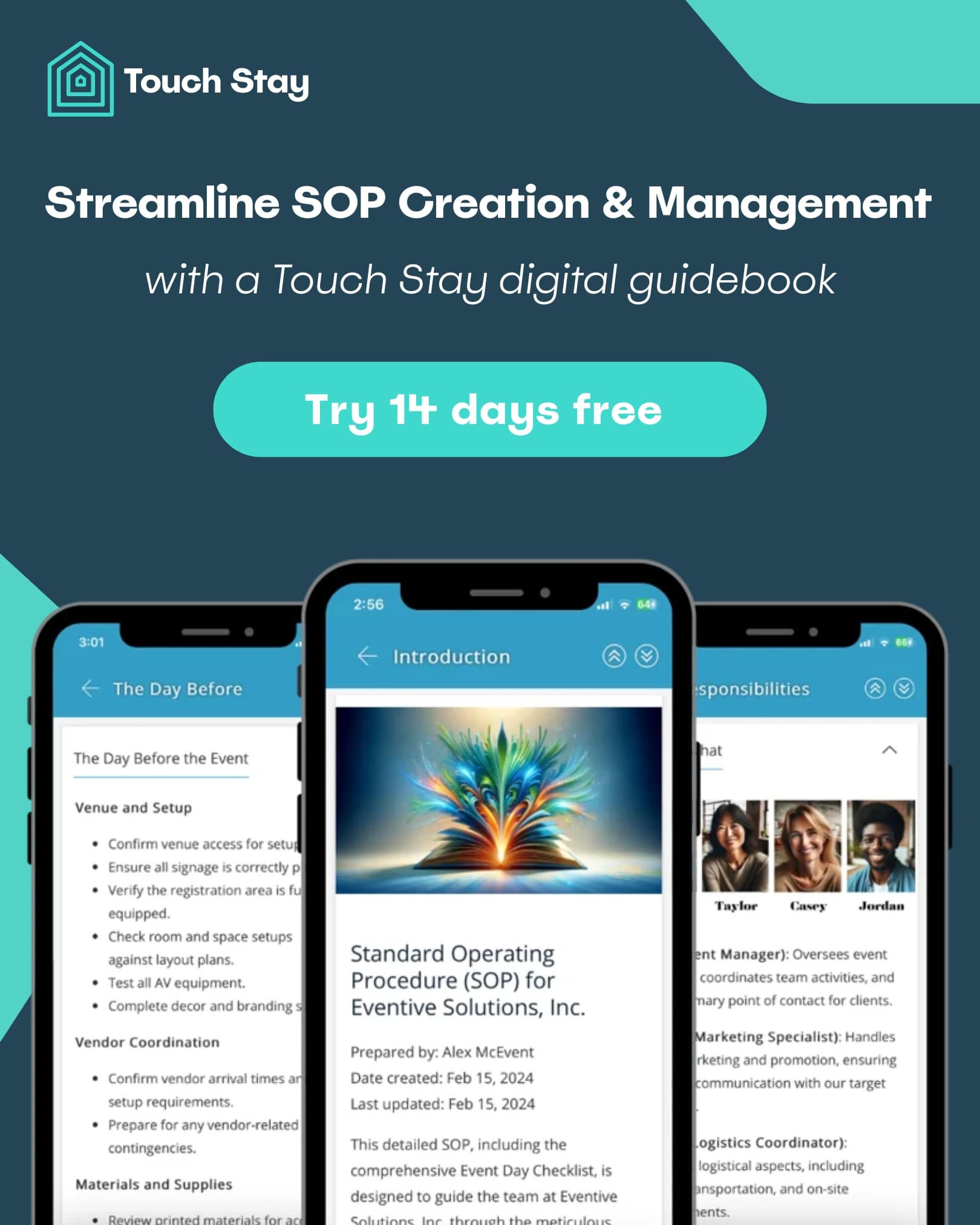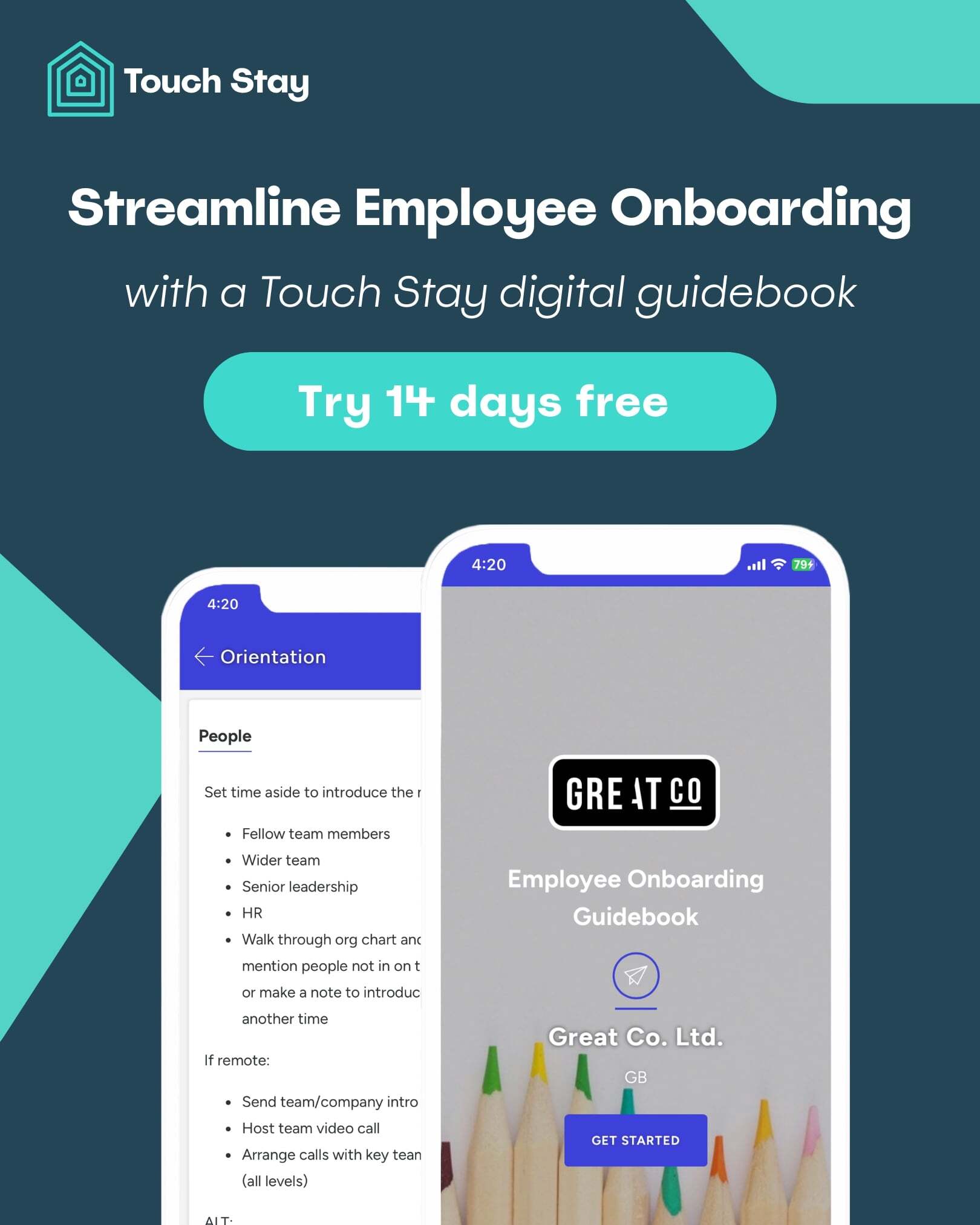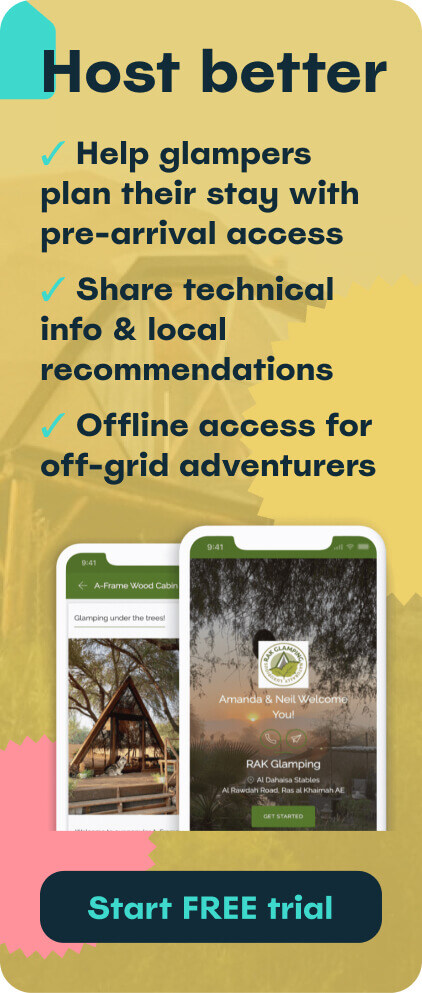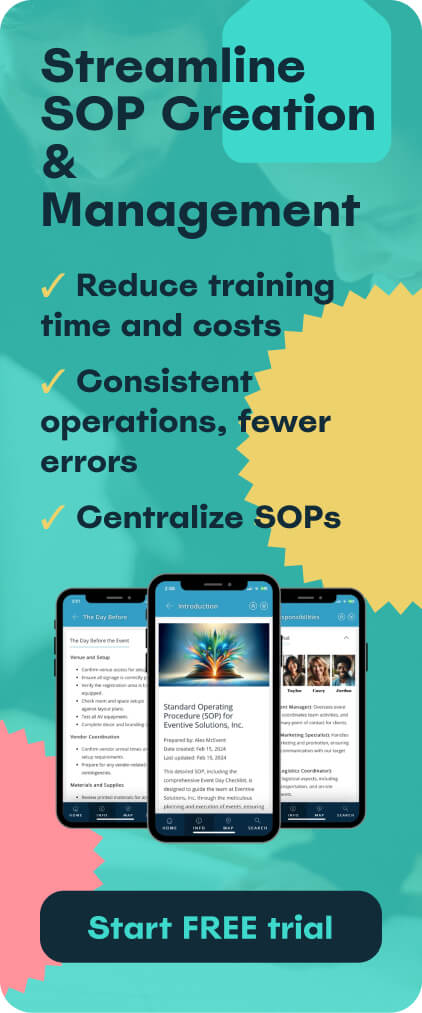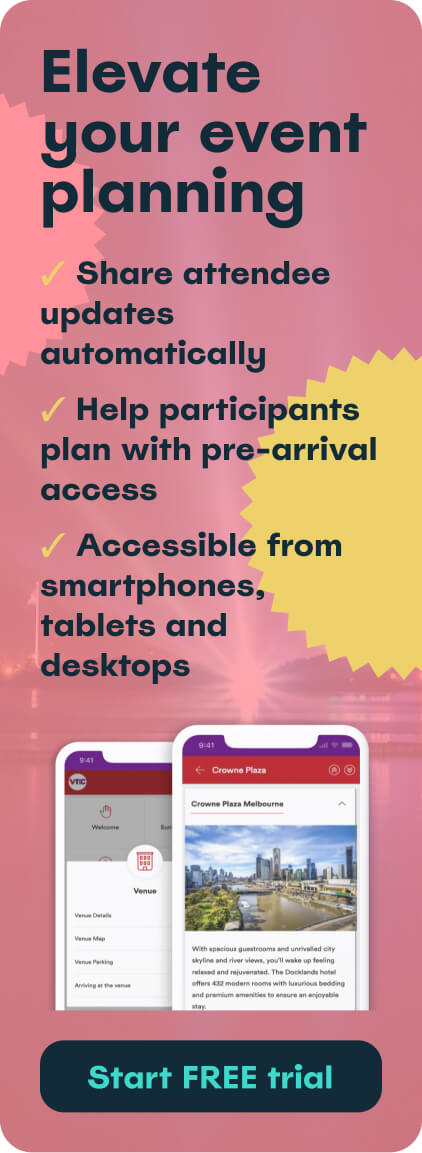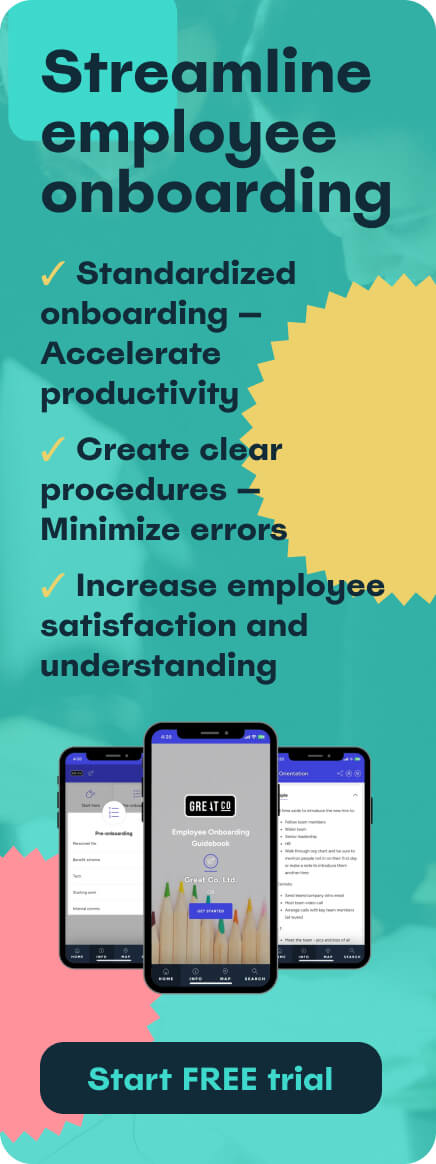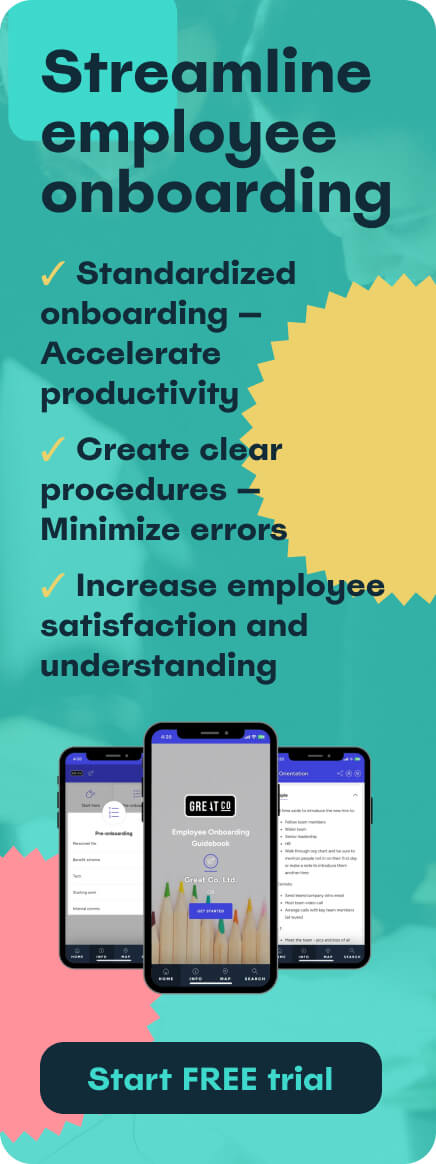First impressions are crucial in the employee journey, and a good onboarding experience sets the tone for a successful, long-term relationship between employees and employers. From the preboarding and orientation stages of onboarding to the later stages of training, development, and mentoring, this article will delve into what makes a good onboarding experience and highlight the common mistakes to avoid.
Whether you're a new hire or an employer looking to turn your employee onboarding process into the best onboarding experience possible, this guide will provide valuable insights and best practices for creating a positive and engaging onboarding experience.
- What is employee onboarding?
- Key components of a good onboarding experience
- The role of technology in onboarding
- Common onboarding pitfalls and how to avoid them
What is employee onboarding?
Employee onboarding is the process of integrating new hires into an organisation and its culture. It's more than just a checklist of tasks; it's about making employees feel welcome, valued, and equipped to succeed in their new roles.
Studies show that a good onboarding experience can make new hires feel 18x more committed to their employer which is the best possible start to your employee and employer relationship.
The employee onboarding process generally lasts about 3 months, but it can go beyond this depending on the role. It should be approached as a holistic experience, designed to lay strong foundations for a long-lasting relationship.
Onboarding typically includes preboarding, orientation, training, and ongoing support to help new hires adjust to their roles and the company's culture. The best onboarding experience is one that is personalised, engaging, and supportive, setting the stage for a successful employee journey.
You can read a comprehensive article explaining what onboarding is here.
The importance of employee onboarding
The importance of employee onboarding cannot be overstated. For employees, it's a critical time to learn about their roles, responsibilities, and expectations. For organisations, it's an opportunity to set the tone for the employee's experience and lay the foundation for a positive relationship.
A successful onboarding program can reduce turnover, increase productivity, and foster engagement. It's an investment in the long-term success of both the employee and the company. The best practices for onboarding new employees include clear communication, mentorship, ongoing feedback, and utilising technology.
The link between onboarding and employee retention shouldn’t be ignored. Research shows that 69% of employees who had a good onboarding experience are more likely to stay with a company for 3 years. Considering this, it may shock you to learn that 35% of companies have no formal onboarding program.
Key components of a good onboarding experience
Breaking the employee onboarding process down into individual phases is crucial when considering what makes a good onboarding experience. It typically includes preboarding, orientation, training and development, mentorship and support, and feedback and evaluation.
Preboarding
Preboarding is where the employee onboarding process starts, covering all communication before orientation day. It’s a crucial step in the employee onboarding plan as it aids new hires in feeling welcome and prepared for their first day, as well as helping to alleviate any anxieties about starting a new role.
Preboarding tasks should include regular communication with the new hire before their start date, to build excitement for the upcoming journey. Resources that can be looked at beforehand such as the company’s handbook or topical reading material should be sent over too. And of course, any necessary paperwork or admin tasks that need to be completed.
With that said, small gestures make a big difference when it comes to preboarding; they can make new hires feel appreciated and valued from the start. The best practices for onboarding new employees include sending over a welcome package once they’ve accepted the job offer - this could include sweet treats or branded accessories, such as a mug, which represent the company culture.
A what-to-expect email detailing things like a first-day itinerary, the dress code, where to park, and who’ll they be meeting upon arrival is also a nice touch. Gestures like these set you on the right path for a successful onboarding program.
Orientation
Orientation is usually the new hire's first week, and it’s all about making a memorable first impression as well as communicating what they need to know about the company culture, policies, and procedures. It's important to stay true to company values and not just say what you think will impress, as aligning expectations and values is the foundation of a successful onboarding program.
A good onboarding experience begins with an overview of the company's history, mission, and values, as well as an introduction to key team members and departments. Having somebody reinforce company values and messaging from the resources given during preboarding is a good way to ensure you’re on the same page from the beginning. This is especially important in terms of collaboration with remote employees, when companies, for example, hire Eastern European developers, marketers from Asia, etc.
Additionally, a fun and engaging way of introducing new hires to the team is through quick and informal get-to-know-you sessions - employee speed dating if you will. Research shows that 76% of new hires believe socialisation to be critical to onboarding, highlighting just how important proper introductions are.
The first day is also the best time to provide new hires with any necessary equipment or resources they will need to perform their job. Getting them set up with technology and providing login details ensures a smooth transition into their new role.
Training and development
Training and development are essential components of a good onboarding experience. This includes job-specific training and long-term career development opportunities.
A successful onboarding program will incorporate training sessions, goal-setting discussions, and ongoing introductions to various departments consistently over the initial onboarding period. With that said, it’s important to stagger training schedules and let new hires learn in the flow of work, rather than overwhelming them with too much information all at once.
Personalisation is also key to creating a successful onboarding program. Every new hire is unique, and their onboarding experience should reflect that. This can include tailoring the training program to the new hire's role, experience level, and learning style.
During the initial employee onboarding process, the primary focus is to ensure that new hires have a clear understanding of their roles, become familiar with the company's values, feel supported as they navigate their responsibilities, and are confident in carrying out tasks. As mentioned, training and development should be ongoing, with regular check-ins to ensure new hires are progressing, any burning questions are answered, and to provide additional support as needed.
Mentorship and support
Developing a mentorship program is crucial for easing the transition for new hires, supporting them, and guaranteeing a good onboarding experience. The value of mentorship is blatant when you consider that 84% of Fortune 500 companies and 100% of Fortune 50 companies have a mentorship program.
The easiest way to establish support from the start of the employee onboarding process is to assign every new hire a ‘buddy’. In fact, research suggests that 56% of new hires want to have a buddy to help them out in the first few weeks of their new job and 87% of companies report that onboarding buddies speed up new hire proficiency. A buddy is someone who will regularly check in with a new employee, provide guidance, answer questions, or just be someone to go for lunch with.
It's also important to involve senior leaders in the mentorship part of the employee onboarding process, as their support and involvement can help new hires feel valued and engaged. It's not solely about transferring institutional knowledge; it's about fostering relationships and making sure that no one feels overwhelmed as they navigate their new role.
Feedback and continuous improvement
Feedback and continuous improvement are the cornerstones of a good onboarding experience, and they are equally as beneficial to the new hire as they are to an organisation.
For employees, regular feedback, whether from managers, mentors, or peers, helps them adjust and develop. According to OfficeVibe, 83% of employees say they appreciate feedback, both positive and constructive. Additionally, 94% of employees say they would stay at a company longer if it invested in their development, highlighting the close link between feedback during onboarding and employee retention.
For companies, establishing open lines of communication in a two-way feedback channel helps to refine the employee onboarding process even further. Regularly seeking input from both new hires and existing employees offers valuable insights that can be used to enhance the onboarding experience.
This iterative approach ensures you are creating the best onboarding experience possible, and that the employee onboarding process remains relevant, engaging, and aligned with organisational goals. Consider using anonymous feedback tools, such as OfficeVibe, to collect the most insightful data.
The role of technology in onboarding
Technology plays a crucial role in modernising and streamlining the employee onboarding process. This shift towards technology has many benefits for organisations, the most important being it saves time, it’s cost-effective and it’s environmentally friendly. The best practices for onboarding new employees involve digital platforms and tools which make the onboarding experience more efficient, engaging, and accessible.
One of the key benefits of technology in onboarding is the integration of e-learning modules. These modules allow new hires to complete training and orientation at their own pace, from anywhere with an internet connection. Virtual reality tours can also provide an immersive experience, giving new hires a sense of the company culture and workspace before they even step foot in the office.
Automated paperwork processing is another area where technology has made a significant impact. Electronic forms and digital signatures can eliminate the need for paper-based processes, reducing administrative overhead and streamlining the employee onboarding process. Statistics show that a company with 100 employees can save as much as 40 hours per month by using e-signature software.
By leveraging the best employee onboarding software, organisations can create the best onboarding experience that sets new hires up for success from day one. If you’re looking to explore the best employee onboarding tools on the market, this article reveals 9 of the best onboarding software and apps.
Common onboarding pitfalls and how to avoid them
While the employee onboarding process is crucial for setting new hires up for success, there are common pitfalls that organisations often fall into.
Information overload
One of the most common mistakes is information overload. New hires can feel overwhelmed by the amount of information they need to absorb in a short period. The best practices for onboarding new employees and avoiding overwhelming them is to prioritise the most important information and provide it in manageable chunks.
Another way of avoiding information overload is to personalise training programs for each individual by openly communicating about what their learning style is. If they would prefer to gradually receive information, this can be done by breaking down the onboarding process into smaller, more achievable steps and providing new hires with resources that they can constantly refer back to and support to help them navigate the process.
Companies that are aware of information overload and make adjustments for individuals are in good stead for a successful onboarding program.
Lack of engagement
Another common pitfall is a lack of engagement. If new hires don't feel engaged with the onboarding process, they may disengage from their roles and the organisation. To avoid this, it's important to make the onboarding process interactive and exciting.
This can include incorporating resources across different mediums, activities, games, and team-building exercises into the employee onboarding process. It's also really important to provide new hires with opportunities to connect with their colleagues and learn about the company culture, especially if you’re conducting a virtual onboarding process. Research shows that 54% of companies with strong onboarding programs report higher employee engagement.
Failing to set clear expectations
Failing to set clear expectations is another mistake in the employee onboarding process. 23% of employees who quit a new role within 6 months say that clear guidelines on their responsibilities would’ve helped them stay. New hires need to know exactly what is expected of them in their roles and how they will be evaluated.
To avoid this, it's important to set clear goals and objectives for new hires and provide regular feedback on their progress. This can help new hires understand what is expected of them and how they can succeed in their roles, guaranteeing a good onboarding experience.
What to look for
It's important to be able to identify the signs that a new hire is struggling. This can include a lack of engagement, difficulty completing tasks, and a lack of confidence in their abilities. If you notice these signs, it's important to provide additional support and guidance to help the new hire succeed.
This can include additional training, mentorship, and regular check-ins to provide feedback and support. By being proactive and identifying the signs that a new hire is struggling, companies can help ensure that they’re delivering the best onboarding experience for new employees, and setting them up for success in their roles.
Summary
As we wrap up, remember that a good onboarding experience is like a warm welcome at the door of a new home. It's essential for setting new hires up for success and fostering a positive relationship between employees and employers.
We've discussed the key components of a successful onboarding program, including thorough preboarding, orientation, training and development, mentorship, support, and feedback. By implementing these components and investing in employee onboarding tools, companies can create a good onboarding experience that leads to higher employee retention, increased productivity, and greater engagement.
Don’t forget to continuously evaluate and improve the employee onboarding process to ensure it remains relevant, engaging, and aligned with business goals.
At Touch Stay, our digital guidebooks can be used to create comprehensive and user-friendly onboarding resources to guarantee the best onboarding experience for new employees.
Start your free trial now to see how you can create an onboarding resource that will revolutionise the way new employees are integrated into your company.

Ned
Ned has clocked up over 11 years in digital marketing and comms, with a strong focus on creating engaging content for a range of brands and agencies. When he’s not writing, he can be found digging for records, peering through his telescope at the night sky, or onboard his local lifeboat where he volunteers as a crewmember.
Be the first to know!
Join our newsletter for early access to:
- ✅ Free guides
- ✅ Pro tips & tricks
- ✅ Time saving tutorials
- ✅ Latest blog posts
- ✅ Checklists & templates

